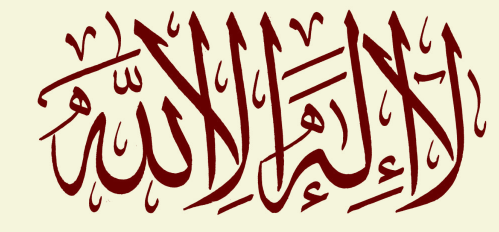Was That Layla’s Fire?: Metonymy, Metaphor, and Mannerism in the Poetry of Ibn al-Fāriḍ
Regarded as one of the greatest poets of the Arabic language, and the greatest and most influential Arabic Sufi poet, ‘Umar ibn ‘Alī ibn al-Fāriḍ, set the standard for Arabic Sufi poetry after him. Known as the “Sultan of the Lovers” (Sulṭān al-‘Āshiqīn), ibn al-Fāriḍ’s works inspired numerous commentaries, especially amongst the school of Ibn al-ʿArabī, many of which are considered masterpieces of Islamic metaphysics. Ibn al-Fāriḍ’s poetry continues to be sung, taught, and commented upon down to the present day and is considered one of the greatest expositions of spiritual realization, Sufi metaphysics, and psychology. This article will consider the role of the figure of Layla in some of Ibn al-Fāriḍ’s poetry, exploring the relationship between the exquisite form of his poetic language and the meanings to which they allude in an attempt to understand an aspect of how the “licit magic” of his poetry works to express and inspire realization. That is, of all the various genres and modes of expression, why did so many Sufi figures find the genre of the romantic or even erotic Arabic ghazal, especially the exquisite verses of Ibn al-Fāriḍ, to be so felicitous for expressing the deepest truths they had realized.
Regarded as one of the greatest poets of the Arabic language, and the greatest and most influential Arabic Sufi poet, ʿUmar ibn ‘Alī ibn al-Fāriḍ, set the standard for Arabic Sufi poetry after him. His poetry was famous and commented upon even in his own lifetime, and several commentators even claimed that while non-poetic language was perfected in the inimitable Qur’an, six centuries later, Arabic poetry was perfected in the inimitable verse of Ibn al-Fāriḍ. 1 Known as the “Sultan of the Lovers” (Sulṭān al-‘Āshiqīn), Ibn al-Fāriḍ’s works inspired numerous commentaries, especially amongst the school of Ibn al-ʿArabī, many of which are consid- ered masterpieces of Islamic metaphysics. Saḍr al-dīn al-Qūnāwī (d. 673/1274), Ibn al-ʿArabī’s stepson and successor taught Ibn al-Fāriḍ’s magnum opus, the 760-verse qaṣīda, Naẓm al-Sulūk (“The Poem of the Sufi Way”) to his circle of students, two of whom, Sa‘īd al-dīn al-Farghānī (d. 699/1300) and ‘Afīf al-dīn al-Tilimsānī (d. 690/1291) published commentaries upon the work
